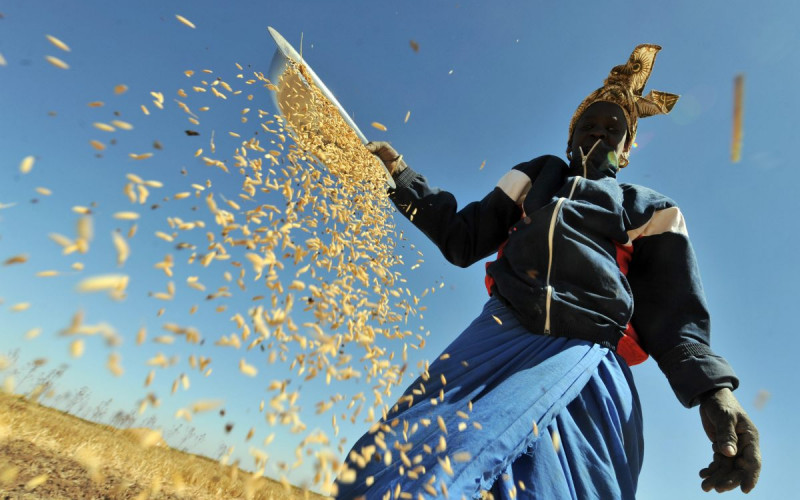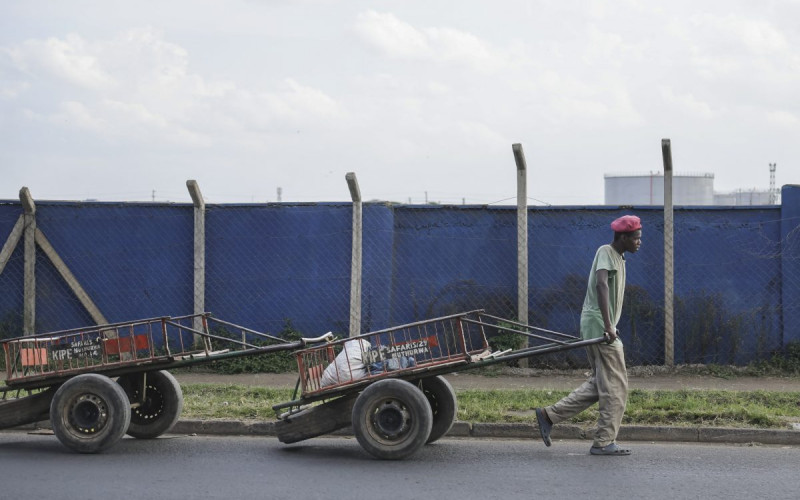The AU has a multigenerational objective of progressive movement towards customs, monetary and fiscal union (Agenda 2063). The first phase of the African Continental Free Trade Area (AfCFTA) negotiations over protocols on trade in goods from 2019 to 2022 yielded 43 (of 54) tariff offers from member nations, either individually or as members of the four customs unions.
Limited progress was made in liberalising intra-African tariffs on the 90% of product lines not deemed sensitive or strategic and for which decade-plus time frames have been adopted for tariff removal. Once a comprehensive set of tariff offers that are compliant within the AfCFTA guidelines are agreed on, the process of standardising and harmonising common external tariffs with the rest of the world, as well as the technical, financial and other non-tariff barriers to trade, will exercise the implementation capacity and dispute resolution procedures of the AfCFTA against domestic (both national and regional) protectionist tendencies and bilateral trade and investment deals.
Progress towards the even longer-term, intergenerational goal of monetary union will require the convergence of exchange rate regimes across the continent. At one end of the continuum are the pegged currencies. The West and Central African franc zones and Economic & Monetary Community of Central Africa use regional currencies pegged to the euro, which, in contrast to freer floating African currencies, have appreciated against the dollar since the turn of the millennium. By comparison to countries with independent currencies, inflation is well controlled, but degrees of freedom for using the tools of monetary policy are limited, and real growth performance appears constrained.
This might be attributed to two reasons. Pegged currencies tend to be overvalued against structural terms of trade; and this encourages import dependence (especially of fuel and food) and discourages import substitution by domestic industry, which is the basis for production and trade diversification. Exogenous shocks (notably dominant export commodity price declines) also directly affect production, employment and investment in the short term without the opportunity to recover or shift costs over into the medium term that a depreciation (or devaluation) and inflation cycle would enable.
Most African countries operate either fixed or crawling pegs against a dominant trading partner currency (or a trade-weighted basket of currencies) with the expectation of being able to maintain a constant real effective exchange rate that would moderate inflation to within limits of that of its major trading partners. Maintaining pegs over the medium or long term requires substantial reserve holdings, without which it is prone to speculative activity and parallel exchange rates. In many cases, the rate of currency devaluation is higher than would be the rate of depreciation in a less managed or free-floating regime, while the rates of inflation are higher.
Convergence of the cross-section of African currency regimes towards the median or mean would settle on an intermediate regime such as a managed float or a crawling peg, which allows for the accumulation/decumulation of reserves during up/down cycles, but which is referenced to a common currency, the most representative of which is the globally trade-weighted XDR (the currency code for Special Drawing Rights). For countries without independent currencies, and after considerable monetary authority restructuring and capacitating, the bands to the reference currency would be progressively loosened; while for freer-floating currencies these would be progressively tightened until all national or regional currencies are sufficiently aligned to each other to establish a common central bank and transition to a common currency.
Since the implementation of the heavily indebted poor country programme, most African countries have re-accumulated even higher external and domestic debt burdens, albeit on a broader and deeper monetary and financial base. This is attributed to persistent fiscal deficits (which expanded further during the COVID-19 pandemic), which aggravate the depreciation-inflation cycle. This raises the importance of carefully calibrated fiscal consolidation during periods of difficulty and the building of reserves during economic upcycles.
Countercyclical debt accumulation/decumulation rules and limits can be based on tax-to-GDP ratios as well as linked to investment ratios. Many African economies depend on dominant export commodities for revenue and cannot avoid procyclical revenue volatility. Diversification of domestic production and trade, and widening the range of government revenue sources can limit volatility and enhance fiscal capacity to counterspend during a commodity boom cycle.






